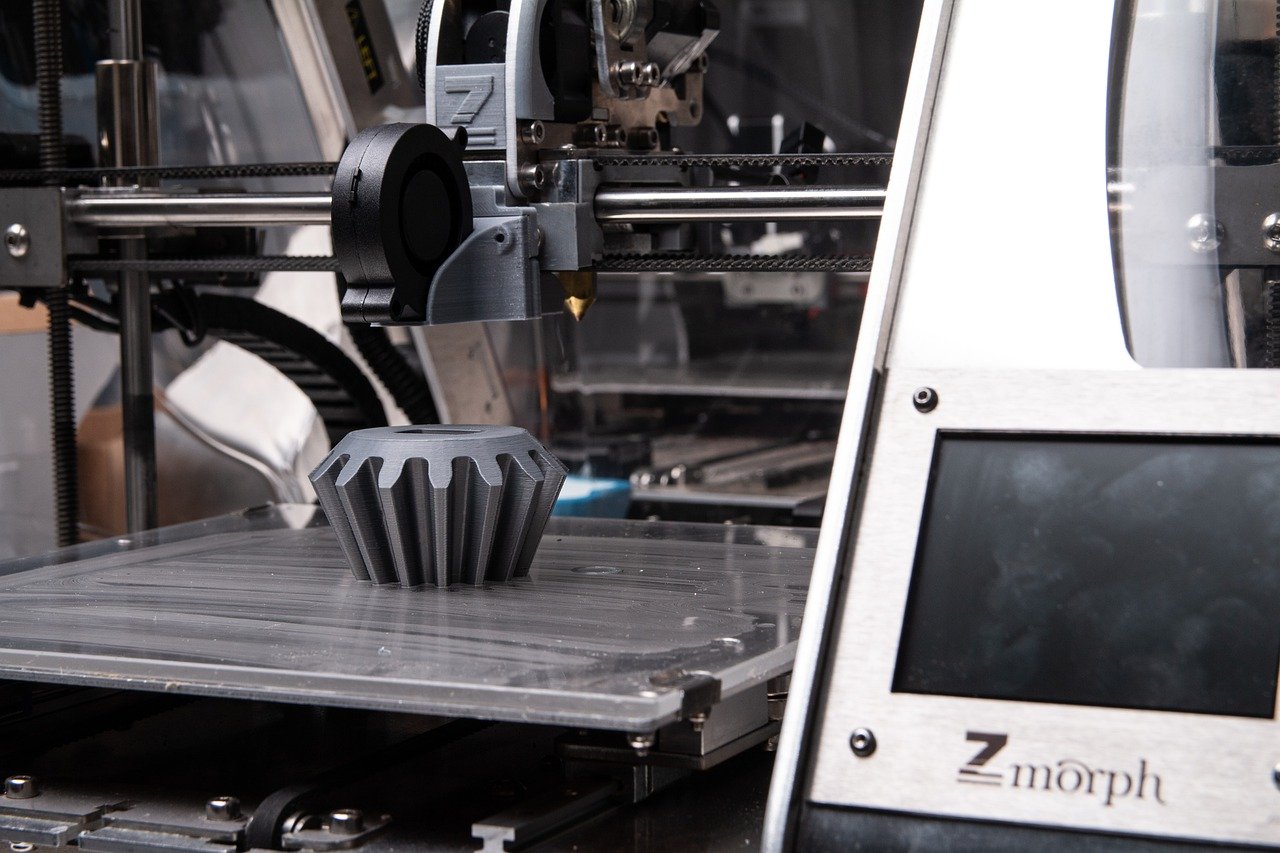Scientists Develop Method for Evaluating 3D Printed Metal Quality

Scientists at the Nanyang Technological University in Singapore have developed a cost-efficient method to evaluate the quality, physical, and mechanical properties of 3D printed metal parts. This is a very important development for engineers and technicians across all fields, as it could unlock 3D printing technology applications that were previously deemed too risky due to unpredictability.
3D printing with metals is an excellent path to rapid prototyping, model creation, and even producing spare parts for light applications. However, the method proves insufficient and unreliable when it comes to making components destined for demanding load-carrying roles.
The issue is that the metal fused and deposited in form comprises crystals of varied size and shape, and an almost random atomic lattice orientation. As such, even if two parts are made out of the same material, those created in molds, for example, would have much higher yield strength than the 3D printed ones.
The researchers from Singapore created a system that features a camera, a flashlight, and a computer, and uses machine-learning tools specifically developed for this purpose to analyze the light reflections on 3D printed parts and deduce the orientation of the metal crystals. The whole process takes roughly 15 minutes to complete, depending on the size of the piece, and the hardware used for the system costs approximately $25,000.
The current best practice is to use an electron microscope to analyze the structure of 3D printed items, which require particularly time-consuming measurements and equipment that cost between $100,000 and $2,000,000.
As such, the system developed by the university team is a game-changer, but the team doesn’t stop there. Right now, the testing unit may have to perform a 3D scan of illumination and reflections, but the researchers promise that eventually, it will be able to evaluate the quality of 3D printed metal just by looking at images. Already, it can create incomplete crystal orientation maps and provide comprehensive information from a picture, but more data and training will be required to reach the point of accurate results.

 Tech Steel & Materials
Tech Steel & Materials